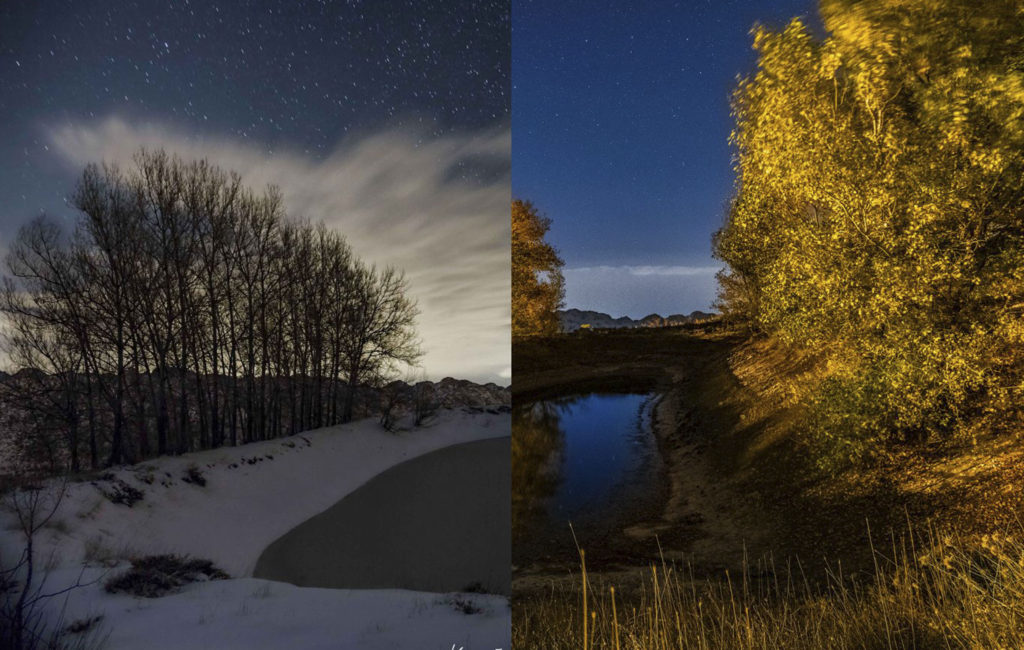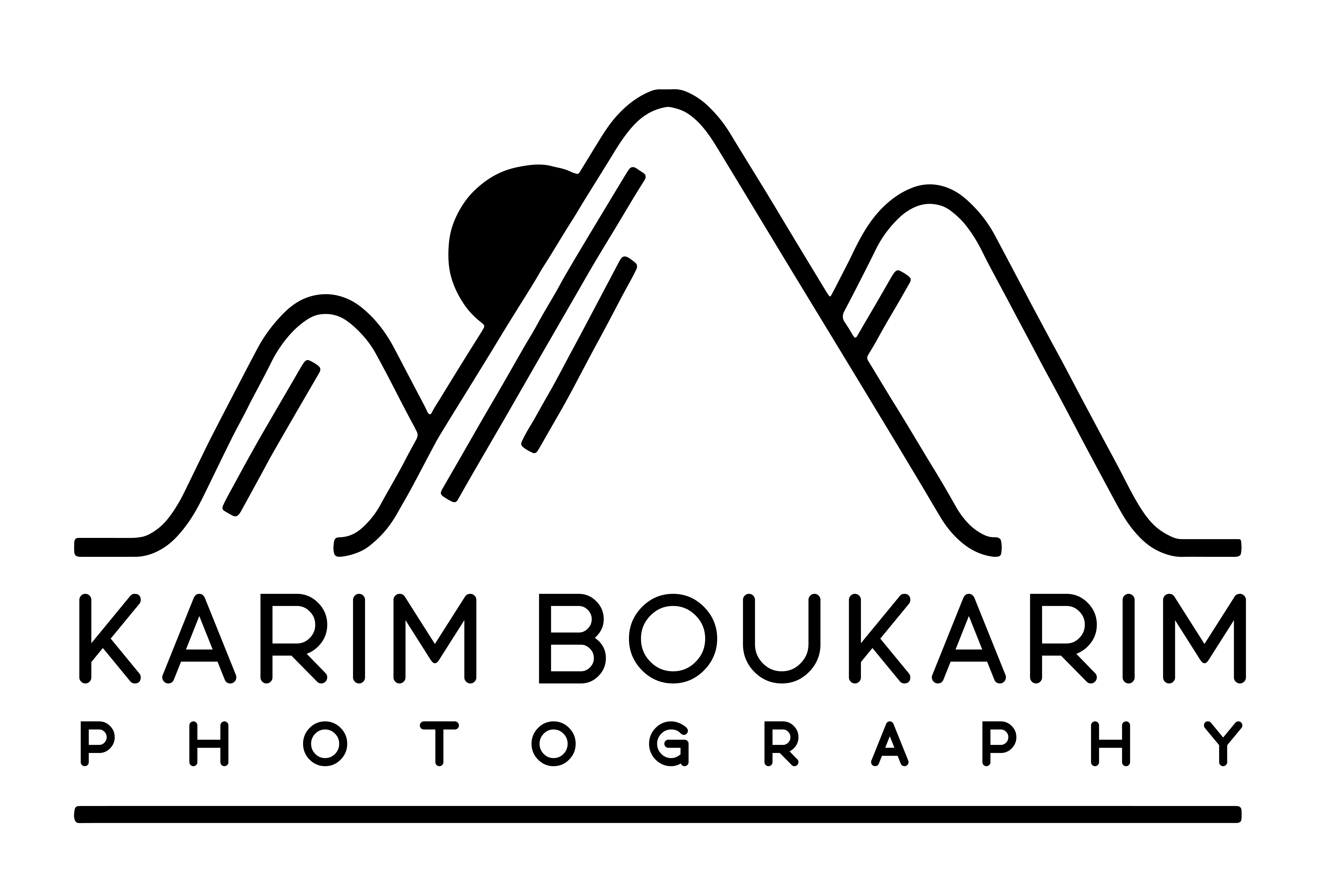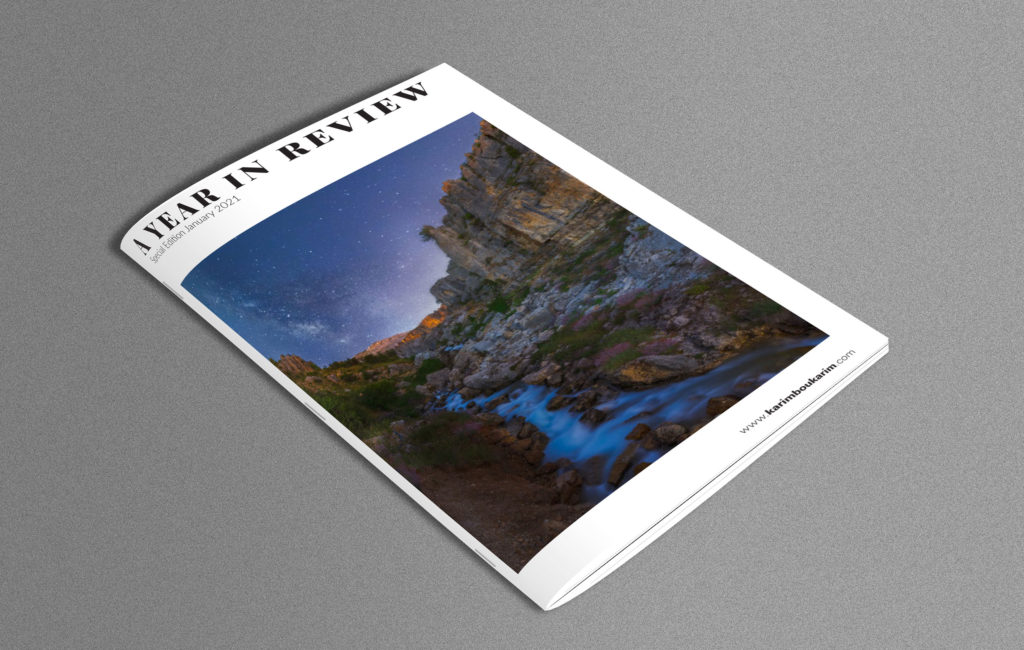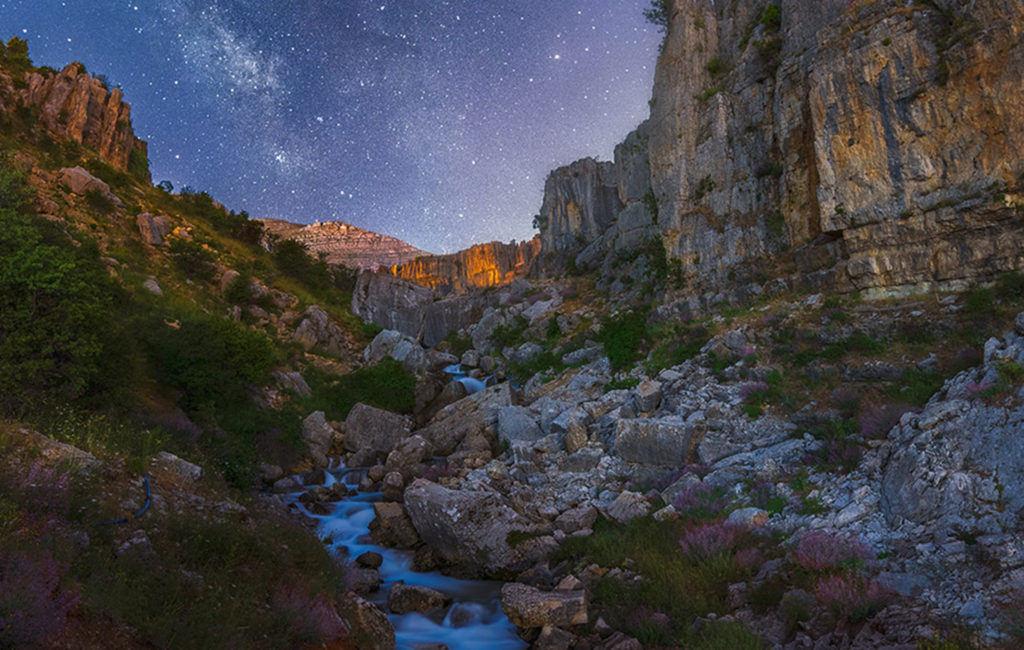AS NIGHT SHOOTERS, WE ALWAYS DISCOVER NEW LOCATIONS AND NEW AREAS AND IT COULD BE INHABITED.
Keep in mind that most people are not familiar with night photography. Whenever you put your camera on a tripod at night, (by the street), for any pedestrian, car driver or basic police patrol on duty, (we all had to deal with police officers), your camera and tripod, can be anything! (A binocular, a rifle…)
Strangers passing by might feel threatened. In such situations, make sure you explain what you are doing: I always approach them by introducing myself, explaining what I am doing in their city, I even show them the results of photographs I already captured. I describe how beautiful the city is by nighttime. Sometimes, I ask for their phone numbers and share with them later on the final photographs. In this part of the world (Lebanese villages) you will always end up having a coffee with these strangers…
WHEN ARRIVING AT THE NEAREST INHABITED AREA TO THE SHOOTING LOCATION:
– When you reach your photography destination, especially if it’s a new area/city, consider arriving during daytime, and reach out for locals; who can be found usually in coffee shops, small stores, or even the fast food restaurant around the corner.
– Introduce yourself, explain your plans, and what you are up to; consider buying some of their local products, this will help make the conversation even smoother!
This friendly and simple process will help you understanding the environment, familiarizing yourself with the terroir, determine your exit points, practice composition, and much more.
THE BEST QUESTIONS YOU SHOULD ACTUALLY ASK LOCALS:
– Ask about the electricity power schedule (this will give you an idea if the street lights will be turned on or off), this is for sure one of the most important questions. It will give you an idea about when and at what time your next visit should be.
N.B. This applies to countries like Lebanon suffering from a shortage of electricity.
– Ask about the property on which you will be located to take photographs: Is it a public or private one? If it is a private property, you should consider contacting the owner/landlord, to get their permission to come in their land.
– Ask about the wildlife: Some areas might not be safe during nighttime.
– Ask if you can stay overnight (tent camping, car camping…)
– Ask about a car park: You might find a safe free parking in some areas, while in others, a paid car park might be required.
– Ask about the weather: temperature, precipitation, wind.
Sometimes, locals might not be of great help, they might redirect you to a local tourist guide. Don’t hesitate to use the service!
WHEN YOU ARE IN THE FIELD ALONE AND SETTING UP THE SHOOT:
– Make sure you inform your close friend or family members where you are located, and when you will be coming back. Share your GPS location if possible.
– Always be ready for the unexpected: Pack extra gear, a small first aid kit won’t take too much space, a multi-functional Swiss knife, a sleeping bag, rain jackets/pants, extra clothes, a hiking stick, food, snacks, and water.
– Get some reliable light sources (yes, more than one) with additional rechargeable or electric batteries: Always carry more than one headlamp, and why not a flashlight as well! (Batteries fully charged with replacement too).
– Keep yourself warm: You can consider lighting a campfire next to your tent! Make sure to put it out on departure.




